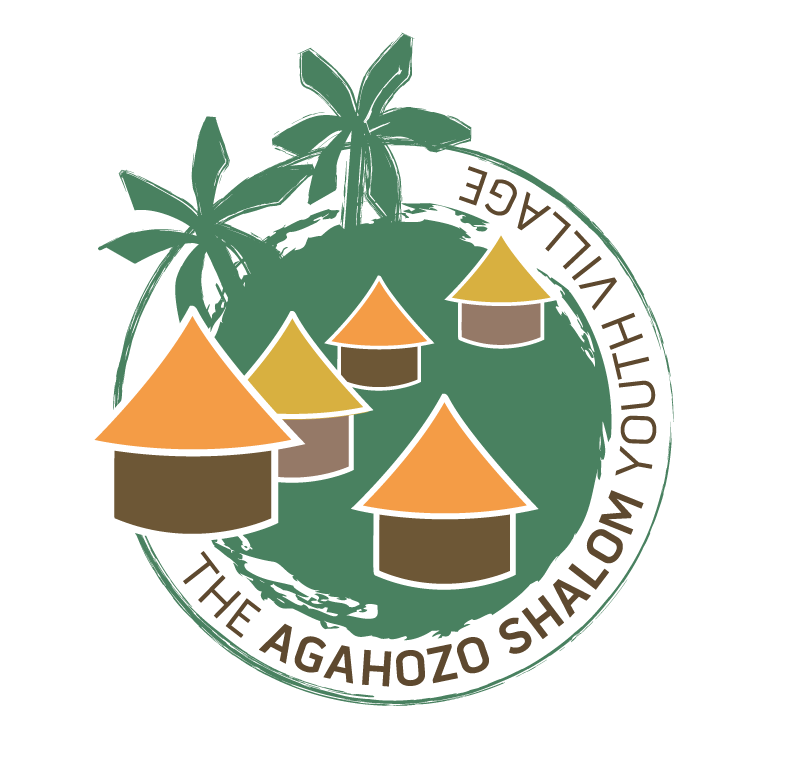VISIONS OF RWANDA: WHAT A BUFFALO AND A BIRD CAN TEACH US
VISIONS OF RWANDA: WHAT A BUFFALO AND A BIRD CAN TEACH US
By Naomi Matlow, guest blogger
While on safari in Akagera National Park, a protected park of multiple ecosystems in eastern Rwanda along the Tanzanian border, one could not help but be struck by the beauty, warm winds and seamless flow of landscapes from African sahara to hippo-filled swampland in the span of a ten-minute jeep ride. After about forty-five minutes seeing topi after topi (topis are African antelopes, I would soon learn) I was getting a little weary. I could not help but think, “Where are the giraffes? Did I miss the zebras? Could we be the trip that actually gets to see the lions?” Ultimately, the lions were out of view because they sought shade from the heat, but the zebras, giraffes and the glimpse of two elephants grazing in the distance were everything that we could have possibly imagined. However, it is the image of the buffalo resting with a small white bird atop its back that has been singed into my memory.
As our wonderful guide and park ranger Emmanuel told us, the Cape buffalo is often spotted with the oxpecker, a small white bird by his side. One could not help but question, how could a buffalo possibly befriend a small bird in the dog-eat-dog, or more specifically hippo eat lion, world that is the sub-Saharan wilderness? We then learned that the oxpecker feeds off of the ticks and insects that seek to feast on the buffalo. The buffalo in turn protects the oxpecker from the prey that would feast on it but for the deterrence effect of a giant buffalo being by its side. The result is the mutualism and beneficial coexistence that occurs between the buffalo and the bird.
From the outside looking in, this mutual relationship seems absurd and unbelievable. As I watched the two creatures I imagined that thirty seconds later the buffalo would quickly grab the bird with his mouth and we would be audience to a true moment in the wild—lunchtime. We in fact were witness to a true moment in the wild, but it was not the wild that I had imagined or anticipated. Perhaps that is because it was an occurrence seldom experienced in the human wild— the idea of peaceful coexistence to the point of mutual benefit. I thought, if the behemoth species that is the buffalo can find a way to live side-by-side with the meek and fragile oxpecker in a way that ensures both of their survivals, why can’t we?
After a far too short week in Rwanda, it became clear to me that Rwanda is a country of possibility and a beacon of hope in a world where it often feels like coexistence is a near impossibility. It is a jaw-dropping place from its vast rolling hills to the genuine kindness and heartfelt passion that I felt from the smallest human interaction. No person, like no country, goes through its existence unscathed. However the true test is how we as individuals or countries recognize our past histories in the effort to reshape our futures. Rwanda is an incredible model of how people can live together and coexist in a way that is mutually beneficial, though from the outside such an occurrence after so much devastation may seem impossible. In a country where twenty-one years ago neighbor took up arms against neighbor killing over one million Tutsis and Hutu moderates, how can security, government stability and social welfare be cornerstones for that same nation? How can Hutus and Tutsis now live in harmony and work side by side with the same goal of creating a stable and safe country? I couldn’t help but think “who is to say what is impossible?”
I was privileged to spend a week at the Agahozo-Shalom Youth Village (asyv.org) on a JDC Entwine Insider Trip. The ASYV is a youth village modeled after Yemin Orde in Israel, where 500 of Rwanda’s most vulnerable youth live, learn and grow in a safe and supportive community built on family values. Agahozo-Shalom was founded by the visionary role model, the late Anne Heyman. While in the Village, our group was given the special opportunity to witness incredible talents, share in thought-provoking discussions, dance, laugh, sing and experience the overflowing kindness and compassion of the magnificent students of the ASYV. Again I thought, who is to say what is impossible?
In addition to the residential community, the Liquidnet Family High School, the sports fields and the extra-curricular buildings, there is a solar field built by Gigawatt Global on the beautiful 144-acre ASYV oasis. This one solar field alone has increased the electrical capacity of Rwanda by six percent in a country where only fifteen percent of the population have access to electricity. With Israeli inventors, Chinese products, French and German manufacturers and Rwandan contractors, the solar field is another model of mutual benefit. People can work together in ways that benefit all that take part and in Rwanda they do. Maybe we just need a little bit of a reminder of this possibility sometimes. I know I did.
If there is a place on this planet like Agahozo-Shalom, a place on this planet like Rwanda today, and a place where a buffalo can befriend a little white bird, maybe anything is possible. Maybe after all, the past does not dictate our future.
Naomi Matlow is a Toronto writer who recently participated in an Entwine trip to Rwanda with the American Jewish Joint Distribution Committee. Together with composer Teresa Lotz she has written ThreeTimesFast, a musical that was previewed at the International OCD Conference in Boston this past July.
08-NOV-2008 Tom Merigan (c)

